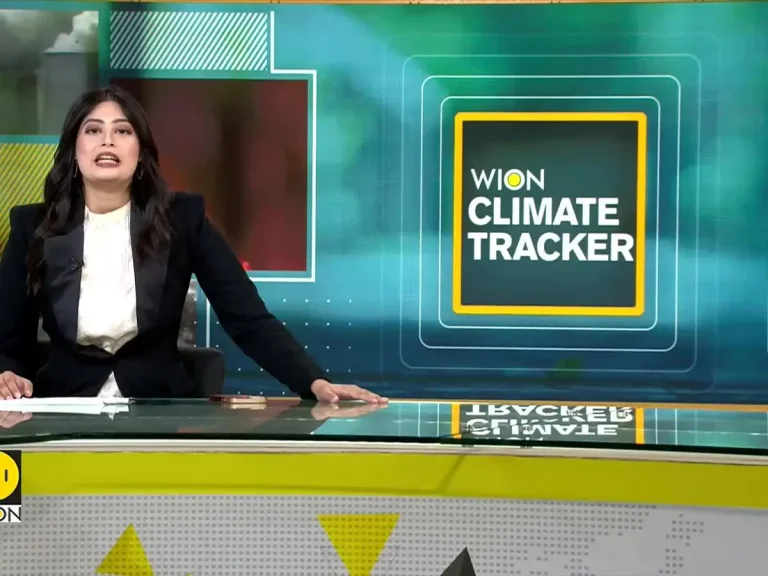Social Media Platforms Accused of Spreading Misinformation During Natural Disasters
In the wake of recent catastrophic natural disasters, social media platforms have found themselves under intense scrutiny, facing accusations of exacerbating chaos and hindering relief efforts by becoming breeding grounds for misinformation. From the devastating wildfires in Maui to the earthquake in Morocco, inaccurate and misleading information has rapidly spread across these digital landscapes, often outpacing official communications and causing significant harm. Experts, emergency responders, and affected communities are now raising alarms about the urgent need for greater accountability and more effective strategies to combat the spread of false information during times of crisis.
The speed and virality that characterize social media make it a double-edged sword in disaster situations. While it can be a powerful tool for connecting people, sharing critical updates, and coordinating aid, it can also be readily exploited to spread misinformation, often with devastating consequences. False reports of looting, exaggerated casualty figures, and fabricated warnings have all been observed in the aftermath of recent disasters, creating panic, diverting resources, and undermining trust in official sources. In Maui, for example, conspiracy theories claiming the fires were intentionally started circulated widely, further traumatizing a grieving community already grappling with immense loss. Similarly, following the earthquake in Morocco, misleading information about subsequent tremors and dam collapses amplified fear and hampered organized rescue operations.
The challenges presented by misinformation during natural disasters are multifaceted. The inherent urgency of the situation often leaves little time for fact-checking, and the emotional distress experienced by those affected makes them more susceptible to believing and sharing unverified information. Furthermore, the algorithms that power many social media platforms can inadvertently amplify misinformation, prioritizing engagement over accuracy. Sensationalized content, regardless of its veracity, tends to attract more attention and is therefore more likely to be promoted within these ecosystems. This creates a vicious cycle, where false narratives gain traction and eclipse credible information, further compounding the challenges faced by emergency responders and aid organizations.
The responsibility for tackling this issue falls on multiple stakeholders. Social media companies have a crucial role to play in developing more robust mechanisms for identifying and removing false information. This includes investing in advanced fact-checking technologies, collaborating with trusted sources of information, and empowering users with the tools to critically assess the content they encounter. However, technological solutions alone are not sufficient. Media literacy education is also crucial, equipping individuals with the skills to navigate the complex information landscape and discern credible sources from unreliable ones. This requires a concerted effort from educational institutions, government agencies, and community organizations to foster critical thinking and promote responsible online behavior.
Governments also have a responsibility to ensure that accurate and timely information is readily accessible during disasters. This involves strengthening their communication strategies, establishing clear channels for disseminating official updates, and actively working to counter misinformation narratives. Collaborations between government agencies and social media platforms can also be effective in coordinating information sharing and mitigating the spread of false information. In addition, legal frameworks may be necessary to address the deliberate spread of harmful misinformation, while balancing the need to protect freedom of expression. Striking this balance is a complex challenge, requiring careful consideration of the ethical and legal implications.
Addressing the spread of misinformation during natural disasters is a pressing issue that demands urgent action. The consequences of inaction can be devastating, exacerbating suffering, hindering relief efforts, and eroding trust in institutions. By working collaboratively, social media platforms, governments, media organizations, and individuals can contribute to a more informed and resilient response to future crises. This includes investing in technological solutions, promoting media literacy, strengthening official communication channels, and fostering a culture of responsible online behavior. Only through a collective effort can we harness the power of social media for good while mitigating its potential to amplify harm during times of great need.


